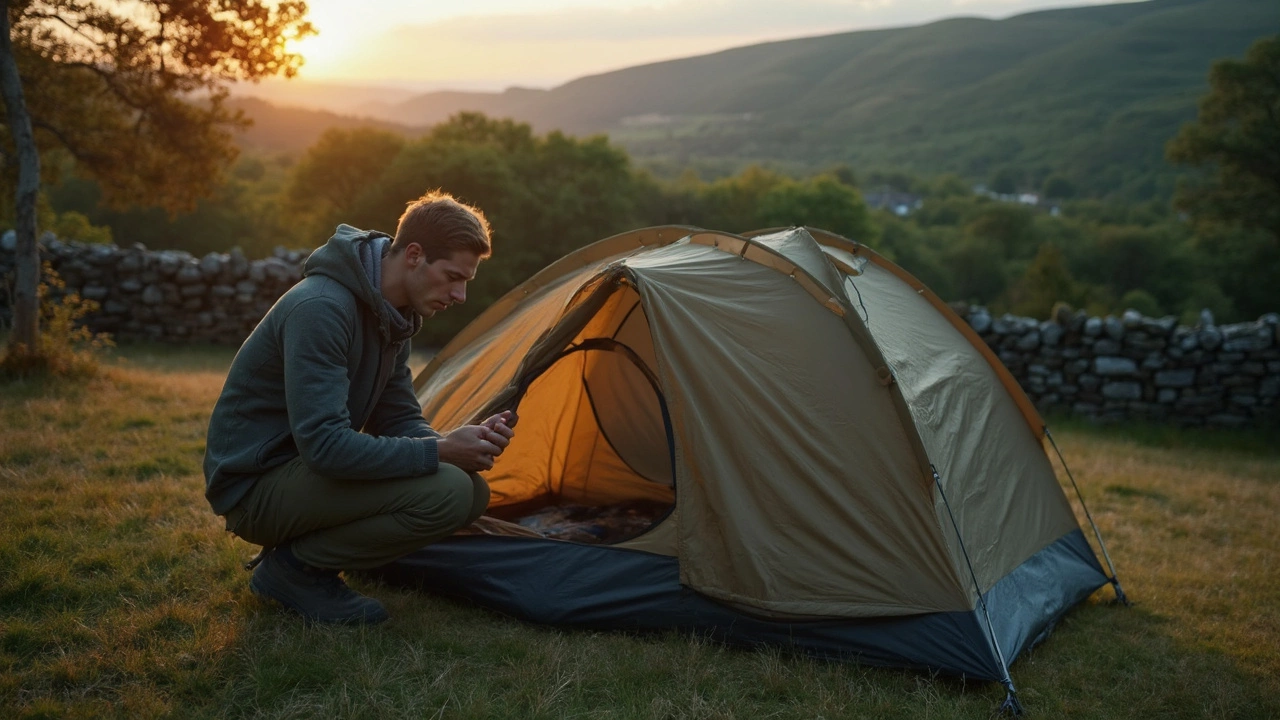Off‑Grid Living in Lancashire: Practical Tips and Cool Stays
Thinking about unplugging from the city buzz and finding a place where the only Wi‑Fi you need is nature? Lancashire has a growing selection of off‑grid retreats that let you live simply without sacrificing comfort. Below you’ll get straight‑forward advice on what to look for, how to choose the right spot, and a few ideas that fit different budgets.
What Makes a Property Truly Off‑Grid?
First, check the power source. Most off‑grid spots rely on solar panels, wind turbines or a small generator. Look for places that tell you how many kilowatt‑hours they generate and whether the lights stay on during winter. Second, water. A good off‑grid cottage will have a well, rain‑water collection system, or a reliable borehole. If the listing mentions a filtration system, you’re probably safe from surprise gray water issues.
Third, waste. Eco‑friendly properties usually have composting toilets or a septic system that’s maintained regularly. If the owner can show a recent inspection report, that’s a green flag. Finally, heating. Wood‑burning stoves, pellet boilers or passive solar design keep the place cozy without a gas line.
Types of Off‑Grid Stays in Lancashire
Glamping cottages are a great entry point. They combine stylish interiors with eco‑friendly features like solar lighting and insulated walls. You get the camping vibe without roughing it, and many of them are listed under our “Glamping Cottages” post, which breaks down the comforts you can expect.
If you want a tiny footprint, look at tiny houses. Our “Biggest Drawbacks of Tiny House Living” article warns about space limits and legal quirks, so you’ll know what to plan for before you book. Tiny homes often sit on wheels, making them easier to move if you decide to explore another part of the county.
For a more permanent feel, consider a rural cottage. These usually have larger plots, wood-burning fireplaces, and a stronger connection to the surrounding farmland. The “What Is a Rural Cottage?” post details the typical layout and why they’re perfect for long‑term off‑grid experiments.
Lastly, some retreat centers focus on eco‑friendly living. They use reclaimed timber, natural insulation and even offer workshops on sustainable gardening. Our “Eco‑Friendly Homes” guide lists the key features to watch for, from green roofs to low‑VOC paints.
When you’ve narrowed down a few options, call the owners and ask about daily routines. How often do they need to top up the battery? Is there a backup generator for bad weather? Clear answers will save you from unexpected outages.
Off‑grid living isn’t a one‑size‑fits‑all adventure, but with a little homework you can find a Lancashire spot that matches your comfort level and eco‑goals. Whether you choose a glamping cottage, a tiny house, or a traditional rural retreat, the county’s landscapes and friendly locals make unplugging feel like a holiday, not a sacrifice.

Stealth Camping: What It Is and How It Changes the Way We Travel
Stealth camping is all about spending the night in unexpected places without drawing attention—usually for free and with a light environmental footprint. This article breaks down what stealth camping means, why people are drawn to it, and how it connects with sustainable travel. We’ll get real about what to expect if you want to try stealth camping yourself, including top tips and things nobody tells you before you go. Plus, how this low-impact approach is changing the way travelers think about eco-friendly adventuring.
Continue Reading